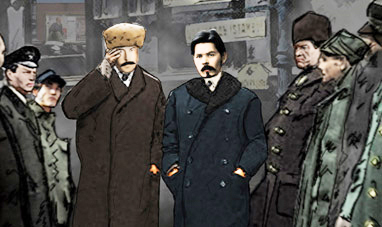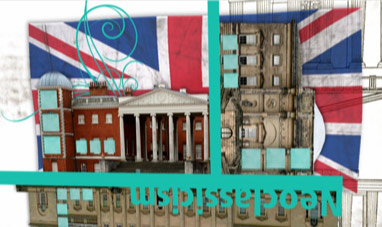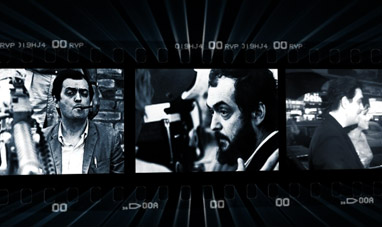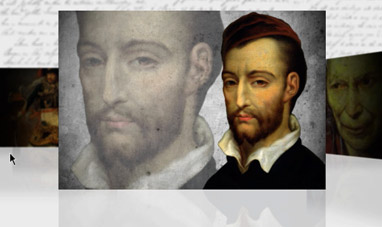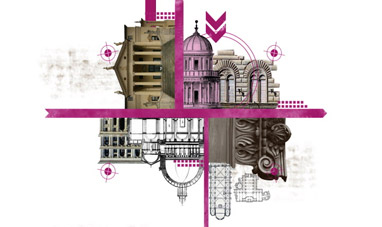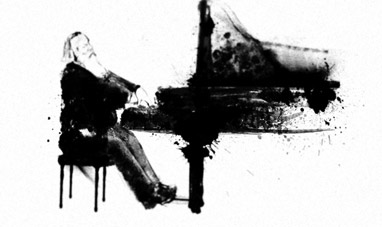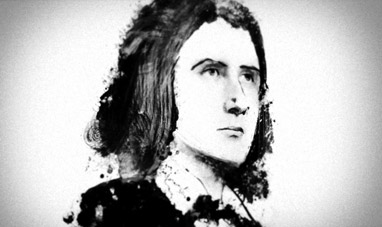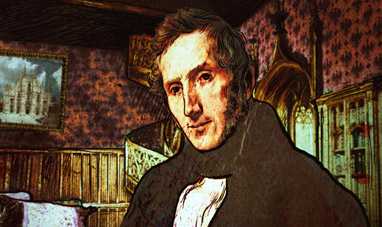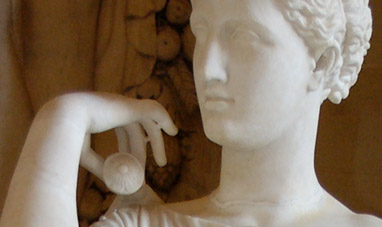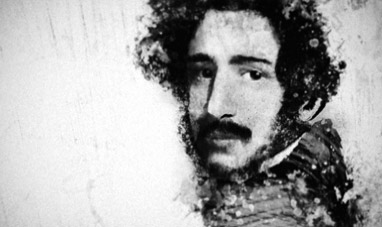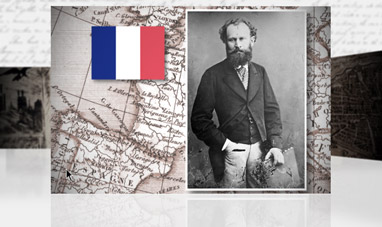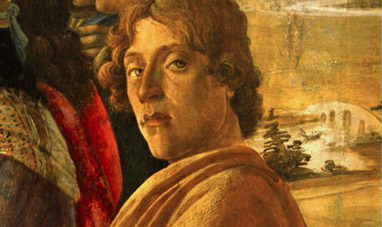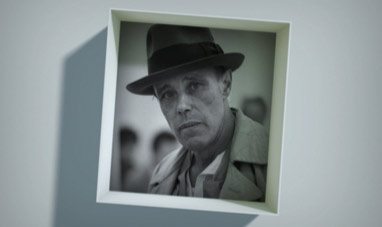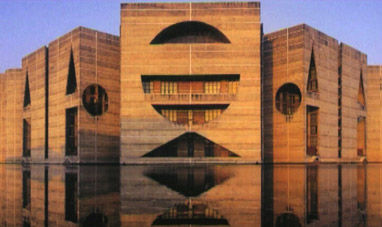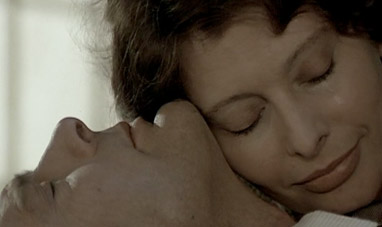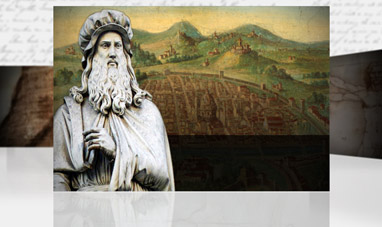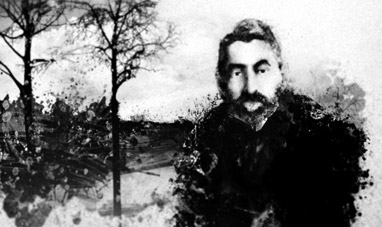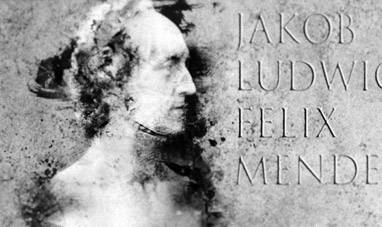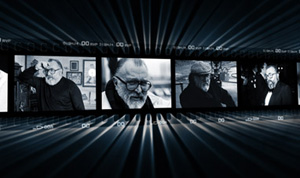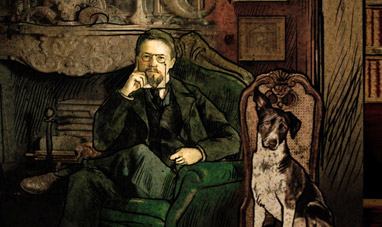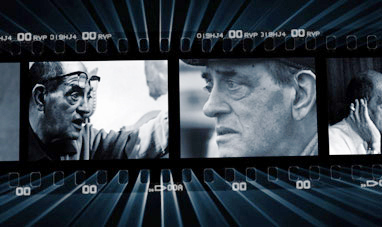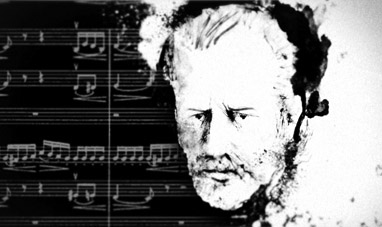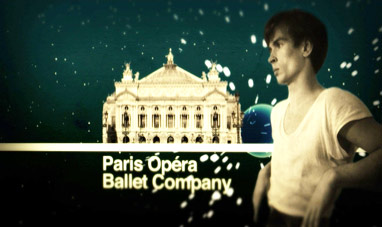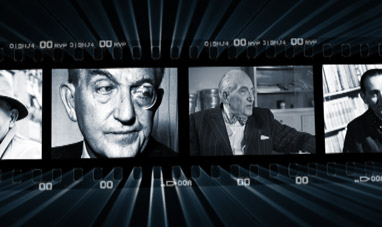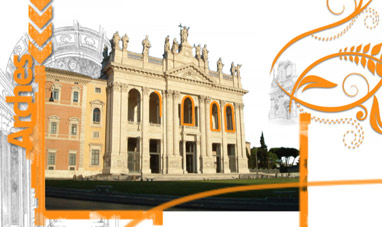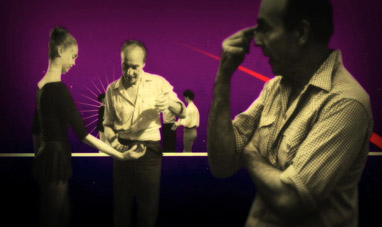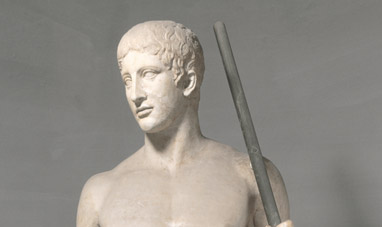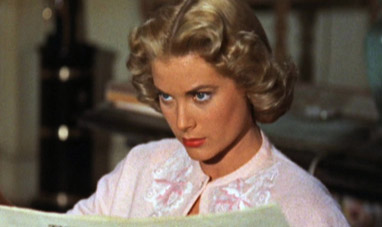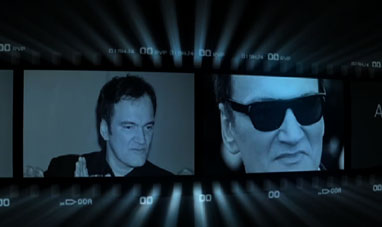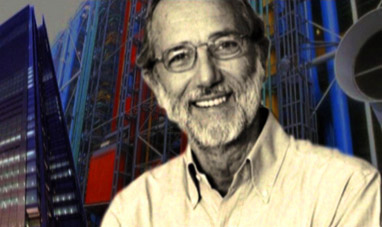Ernst Ludwig Kircher was a German painter, sculptor and engraver.
He is considered one of the fathers of Expressionism, a 20th-century artistic movement that broke away from traditional rules and sought to portray man’s emotional tensions and psychological burdens.
Kirchner was born in Aschaffenburg, Baveria in 1880. Painting and sculpture interested him from an early age.
He studied architecture between 1901 and 1905 in Dresden and frequented a painting studio in Munich at the same time.
Kirchner felt drawn to the works of Edvard Munch, Paul Gauguin and Vincent Van Gogh. He admired their use of color and preference for subjective visions over a realistic depiction of reality.
His need to express his own emotional and mental state profoundly influenced his view of art, and led him to found the first group of Expressionists in Dresden in 1905. It was called Die Brücke, or “The Bridge.”
As the name suggested, the movement sought to create a movement free from previous artistic doctrines and concentrated on the future.
Kirchner’s first works reflected this tension between present and future. In 1907, he painted his “Self-portrait with Model” in color tonalities that reached a fever pitch. He summoned elements of primitive art to compellingly express the inner life, and the faces in his self-portrait were similar to African or Asian tribal masks.
Kirchner moved to Berlin in 1911 together with other members of Die Brücke. Two years later, disagreements between various members forced the group to disband. City life became a great source of inspiration for Kirchner.
The frenzy and alienation of the big city tormented him. Yet at the same time, urban forces inspired him to create deformed figures and perspectives. Kirchner’s color schemes became increasingly dissonant. He produced “Street Scene, Berlin” and “Nollendorf Plaz” during this period.
With the outbreak of World War One in 1914, Kirchner volunteered to join the Germany military. A nervous breakdown sent him to Davos, Switzerland, where he battled chronic depression and remained until his death.
In “Self-Portrait as a Soldier”, Kirchner portrayed the complexities of wartime suffering. An amputated arm occupies the foreground.
Beginning in the 1920s, most of his paintings were abstract alpine landscapes.
The 1938 work “Flock of Sheep” showed how dramatic Kirchner’s relationship with nature had become. On the one hand, the work suggested primordial equilibrium and quiet. On the other, estrangement and the anxiety of being alone in the world.
In 1937, Nazi authorities confiscated and destroyed many of Kirchner’s works, considering them degenerate and irreconcilable with the regime’s ideas of perfection and purity. Kirchner commited suicide on June 15, 1938 in Davos.
He is considered one of the fathers of Expressionism, a 20th-century artistic movement that broke away from traditional rules and sought to portray man’s emotional tensions and psychological burdens.
Kirchner was born in Aschaffenburg, Baveria in 1880. Painting and sculpture interested him from an early age.
He studied architecture between 1901 and 1905 in Dresden and frequented a painting studio in Munich at the same time.
Kirchner felt drawn to the works of Edvard Munch, Paul Gauguin and Vincent Van Gogh. He admired their use of color and preference for subjective visions over a realistic depiction of reality.
His need to express his own emotional and mental state profoundly influenced his view of art, and led him to found the first group of Expressionists in Dresden in 1905. It was called Die Brücke, or “The Bridge.”
As the name suggested, the movement sought to create a movement free from previous artistic doctrines and concentrated on the future.
Kirchner’s first works reflected this tension between present and future. In 1907, he painted his “Self-portrait with Model” in color tonalities that reached a fever pitch. He summoned elements of primitive art to compellingly express the inner life, and the faces in his self-portrait were similar to African or Asian tribal masks.
Kirchner moved to Berlin in 1911 together with other members of Die Brücke. Two years later, disagreements between various members forced the group to disband. City life became a great source of inspiration for Kirchner.
The frenzy and alienation of the big city tormented him. Yet at the same time, urban forces inspired him to create deformed figures and perspectives. Kirchner’s color schemes became increasingly dissonant. He produced “Street Scene, Berlin” and “Nollendorf Plaz” during this period.
With the outbreak of World War One in 1914, Kirchner volunteered to join the Germany military. A nervous breakdown sent him to Davos, Switzerland, where he battled chronic depression and remained until his death.
In “Self-Portrait as a Soldier”, Kirchner portrayed the complexities of wartime suffering. An amputated arm occupies the foreground.
Beginning in the 1920s, most of his paintings were abstract alpine landscapes.
The 1938 work “Flock of Sheep” showed how dramatic Kirchner’s relationship with nature had become. On the one hand, the work suggested primordial equilibrium and quiet. On the other, estrangement and the anxiety of being alone in the world.
In 1937, Nazi authorities confiscated and destroyed many of Kirchner’s works, considering them degenerate and irreconcilable with the regime’s ideas of perfection and purity. Kirchner commited suicide on June 15, 1938 in Davos.

